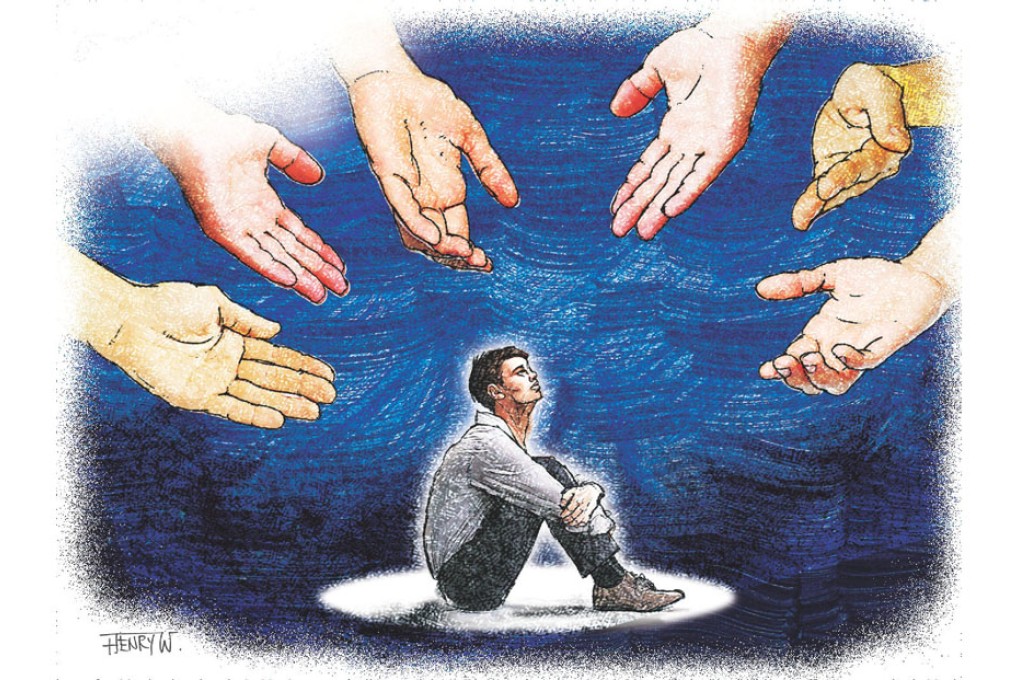Suicide prevention hampered by mental health stigma
Paul Yip calls for more action to tackle society's ignorance and prejudice towards mental health and suicide, to help those in crisis and reduce the burden on families and communities

Today is World Suicide Prevention Day, co-sponsored by the International Association for Suicide Prevention and the World Health Organisation. First observed in 2003, the theme of this year's event is "Stigma: A Major Barrier to Suicide Prevention". According to the WHO, suicide is a major public health problem in high-income countries and an emerging problem in low- and middle-income nations.
It is among the top 20 causes of death in the world, with some 800,000 suicides each year, many of them young people. That's around one death every 40 seconds. The number of suicide deaths each year exceeds the number of lives lost to homicide and war combined. These staggering figures do not include suicide attempts, which occur much more frequently.
A large proportion of people who commit suicide suffer from mental illness. Recent estimates suggest that mental disorders will become the second leading cause of the global disease burden in the next two decades, making it the most important category of ill-health - above even cancer or heart disease.
The impact on someone suffering from mental health problems can be even greater than for commonly diagnosed cancers. Yet a significant number of people suffering from mental illness who commit suicide did not contact health or social services prior to their death. In many cases, there are insufficient services available to assist those in need at a time of crisis, while some are reluctant to get help.
The number of suicide deaths each year exceeds the number of lives lost to homicide and war
This lack of access to appropriate care is one factor that magnifies the stigma associated with mental illness and with suicidal thoughts and behaviour. This type of stigma, deeply rooted in most societies, can arise for different reasons. One is a simple lack of knowledge.